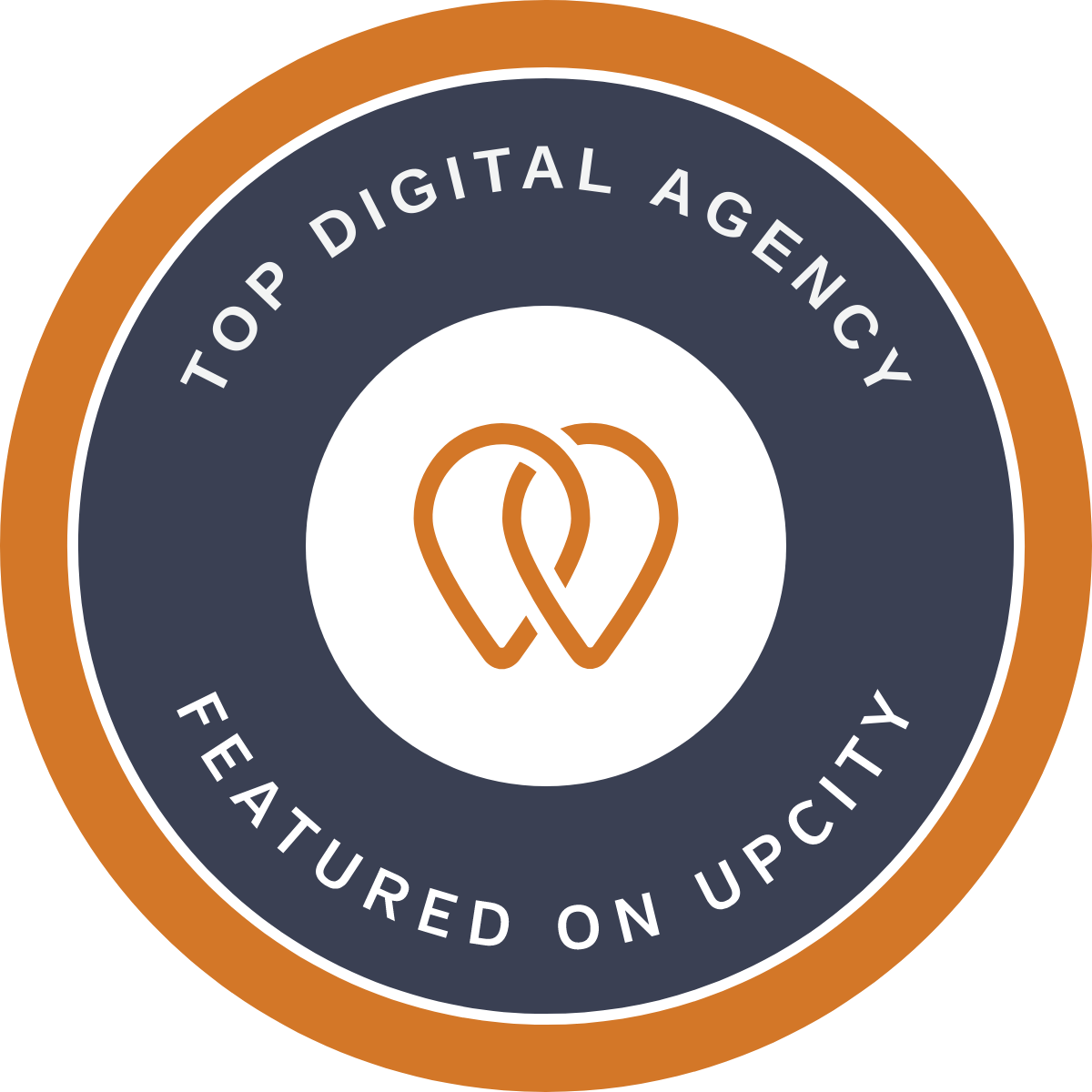Don’t Let Your Website Get Flagged

Google’s latest version of its Chrome browser, released in October 2017, makes website form submission safer for visitors, while adding a potential hiccup for unprepared website owners. Chrome will flag websites without a Secure Socket Layer (SSL) certificate as ‘not secure’ when visitors start to fill out any forms the site might contain.
At On The Marc Media, we saw this coming and quickly made sure onthemarcmedia.com was updated with the SSL certificate. You can tell by the conspicuous ‘https’ in your browser’s URL window when you’re on our site, regardless of which browser you use. This ensures we’re providing a safe and reliable Internet experience to website visitors — like you.
We’re also reviewing all of our clients’ websites to help them prepare for this change. Affected clients — in other words, those whose URLs show ‘http’ instead of the more secure ‘https’ — are hearing from us so we can determine if they need assistance with this transition.
Why SSL and HTTPS Are Important
Wondering what all these letters mean? HTTP stands for Hypertext Transfer Protocol, while HTTPS means Hypertext Transfer Protocol Secure. It’s basically the language web ‘servers’ and ‘clients’ use to pass information back and forth, thus enabling you to see and interact with the websites you visit.
Unfortunately, hackers have found ways to exploit the Hypertext Transfer Protocol (HTTP), potentially compromising the security and privacy of data you enter on a standard HTTP website — for example, when you fill out a contact form or submit your email address to subscribe to a newsletter. Google apparently decided to intervene by letting visitors know when they might be at risk.
By displaying a security warning to Chrome users visiting a standard HTTP site that contains a data form, Google is basically sending a message to visitors and website owners alike to take the security risk seriously. (Even before Google took this step, it was never a good idea to trust your sensitive data, such as social security or credit card numbers, to sites that didn’t use HTTPS.) The developers of other popular browsers (like Firefox, Internet Explorer, and Safari) will likely follow Google’s lead on this.
Website owners can avoid being flagged as ‘not secure’ by obtaining a Secure Socket Layer (SSL) certificate from a certificate authority. Using SSL and HTTPS makes your web browser safer by scrambling (i.e., encrypting) the protocol language so hackers can’t read the data you’re submitting on that site.
Need Help?
If you’re not already an On The Marc Media client, feel free to contact us if you’d like a hand to ensure that you provide your website visitors the secure experience they deserve. Simply call, drop us an email, or use this form on our contact page.























